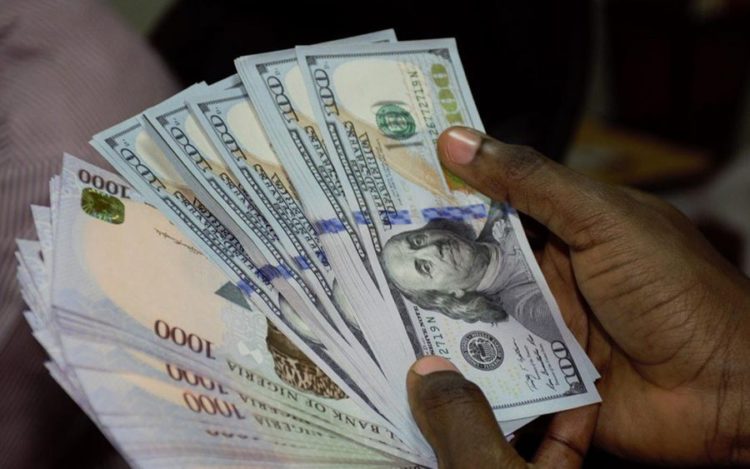Economists and industry stakeholders have offered divergent views on how to halt the slide of the Naira against the United States dollar, with most of them suggesting that the most practical solution is for the country to improve crude oil production to improve foreign exchange earnings.
At the close of business last week, the value of the naira closed at N1,360 to the dollar at the parallel market and N909.45 at the official window.
Dollar inflow into the country had been on the decline since last year with the data from FMDQ (a financial market infrastructure group) showing that total inflows into the Nigerian Autonomous Foreign Exchange Market (NAFEM) declined by 4 per cent month-on-month in December 2023 to $1.37 billion as against $1.43 billion recorded in November 2023.
The breakdown provided showed a broad-based decline across the local and foreign sources which account for 82.7 and 17.3 per cents respectively. Expressly, local inflows declined by 2.6 per cent to $1.13 billion compared to $1.16 billion recorded in November, primarily due to weaker inflows from exporters that declined by 15.4 per cent.
Similarly, inflows from foreign sources remained underwhelming, declining further by 9.9 per cent to $237.10 million as against the November figure of $263.20 million as foreign investors remained cautious about returning in droves following Nigeria’s foreign exchange market inadequacies.
Overall, the total inflow into the NAFEM window averaged $1.17 billion in 2023 compared to the 2022 average of $1.24 billion.
END.

